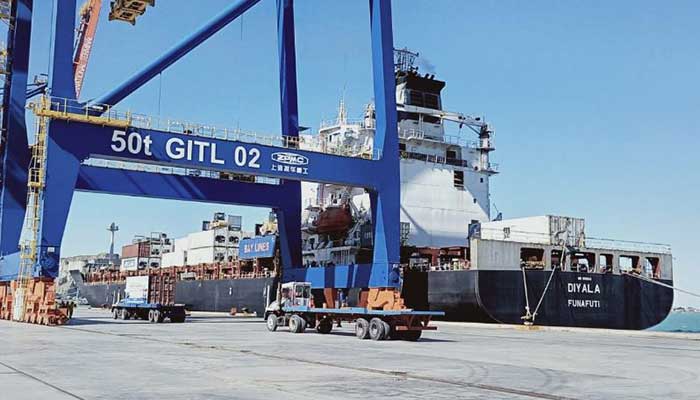FBR notifies Gabd (Gwadar) as TIR Border Crossing Point
2 min read
KARACHI: Pakistan became a member of TIR (International Road Transport) Convention in 2017 which has 77 contracting parties including China, Afghanistan, Iran, Turkey and all Central Asian Republics (CARs). After becoming member, Pakistan notified sea and land border points as TIR crossings i.e., Sust (Khunjerab) with China, Torkham & Chaman with Afghanistan, Taftan with Iran and Gwadar & Karachi are two sea ports.
In December, 2020 Gabd (Pakistan)-Reemdan (Iran) has been upgraded to international border crossing and now passengers/drivers can cross this border with valid visa. Consequently, FBR has notified Gabd as TIR border crossing point vides SRO. 622(I)/2021 dated 28th May, 2021. Gabd is located at a distance of 87 Km from Gwadar on Pak-Iran border and end point of Coastal Highway (N-10). Gabd is located at a distance of 137 km from Chahbahar Port and this Gabd-Reemdan route will play a vital in connecting the two ports of Gwadar & Chahbahar and thus synergizing their potentials.
Moreover, it provides additional route from Coastal areas of Baluchistan and Sindh to Iran and Turkey & Azerbaijan in addition to already available route of Taftan-Mirjaveh (Iran). Recently, all stake-holders have focused on the development of TIR regime and TIR operations have gained momentum. In May 2021, one Pakistani vehicle took herbal medicines to Uzbekistan under TIR. While three vehicles, two from Turkmenistan and one Uzbekistan, brought Grey Fabric and cattle hides respectively under TIR. On return these vehicles transported back sports goods from Pakistan.
Recently, more logistic companies have shown interest in entering TIR operations and after approval of their applications by TIR National Approval Committee; their vehicles are under inspection for granting of necessary authorizations.
The objective of the TIR Convention is to facilitate international transit through simplified and hassle free Customs transit procedures and an international guarantee system. Customs procedure takes place at origin and destination rather than at each border crossing, using a single guarantee. En-route, the customs seals are checked to secure the cargo.




